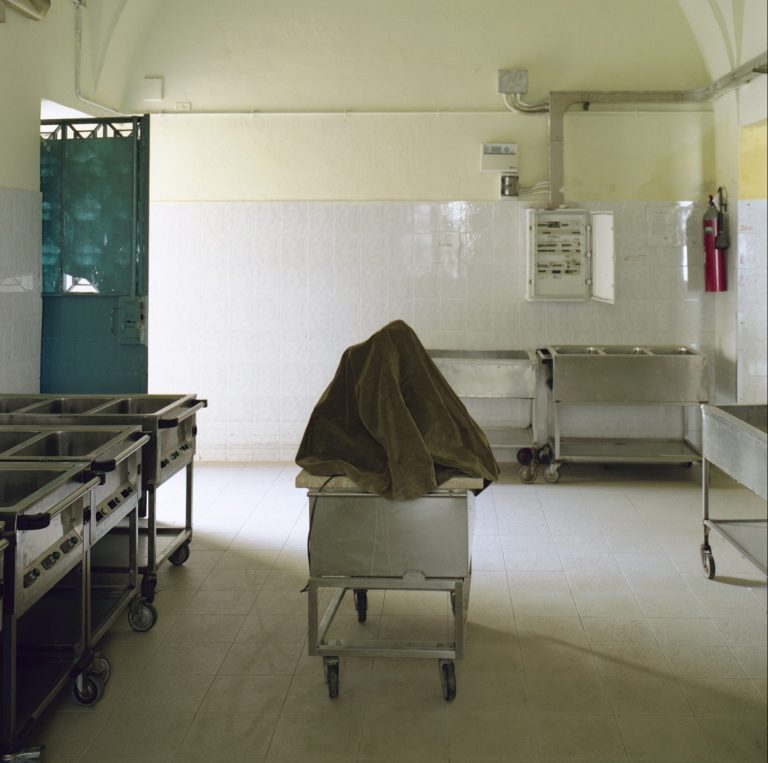Human rights and small-scale, individually tailored or community integrated forms of imprisonment.


Article 5.1. of the European Convention on Human Rights (ECHR) provides that no one shall be deprived of his liberty, save in specific cases and in accordance with a procedure prescribed by law. The lawful detention of a person after conviction by a competent court is one of these specific cases, enumerated by the ECHR. Apart for the rule that no one shall be subjected to torture or to inhuman or degrading treatment or punishment (Article 3), the ECHR does not specify the aims, forms and shapes imprisonment can or should take. However, soft law and case law of the European Court of Human Rights (ECtHR) show that there are limits to the discretion of member states in that regard.
One such constraint is the state’s positive obligation to provide opportunities for rehabilitation to those who serve prison sentences. Rehabilitation is not only considered a legitimate aim of a prison sentence, it has become a mandatory element states must take into account when designing their penal policies.
While there are no rules or guidelines defining this obligation to provide opportunities for rehabilitation, case law of the ECtHR provides some directions about how it should be seen and understood. In general, rehabilitation can be defined and developed as a means of preventing recidivism or fostering personal responsibility for change. In this view, reflected in the ECtHR’s case law, rehabilitation is conceptualized primarily as an instrument that serves policy purposes. The idea is that providing access to programs, activities and facilities can increase the likelihood that those serving prison sentences will find stability upon release, which in turn may reduce recidivism. In recent years, however, a different view on rehabilitation has come to the fore and found its way into case law of the ECtHR. In this view, rehabilitation should not be seen as an instrument or aim dependent on policy objectives related to recidivism, but as a right of the incarcerated individual, based on respect for human dignity. This implies that opportunities for rehabilitation should not be defined in terms of aims of punishment, but as personal rights of all persons serving prison sentences.
This has consequences for the circumstances and settings in which prison sentences can be enforced. Rather than making opportunities to resocialization available to those who can and want to take advantage of them in terms of a recidivism prone policy, states should be focused on creating an environment where a normal and dignified life is possible, including an unconditional access to rehabilitative facilities. This environment should not primarily aim at the prevention of recidivism, but allow for the prevention and neutralization of unwanted harmful side effects of incarceration.
These developments and discussions in human rights law, may challenge conceptions of what prisons should look like. Instead of alienating large-scale institutions that focus almost exclusively on punishment aims instrumental to risk driven penal policies, the right to human dignity may require prisons where those who are incarcerated can live a dignified life that is as normal as possible. Small-scale, individually tailored or community integrated forms of imprisonment may very well fit meet that goal.





